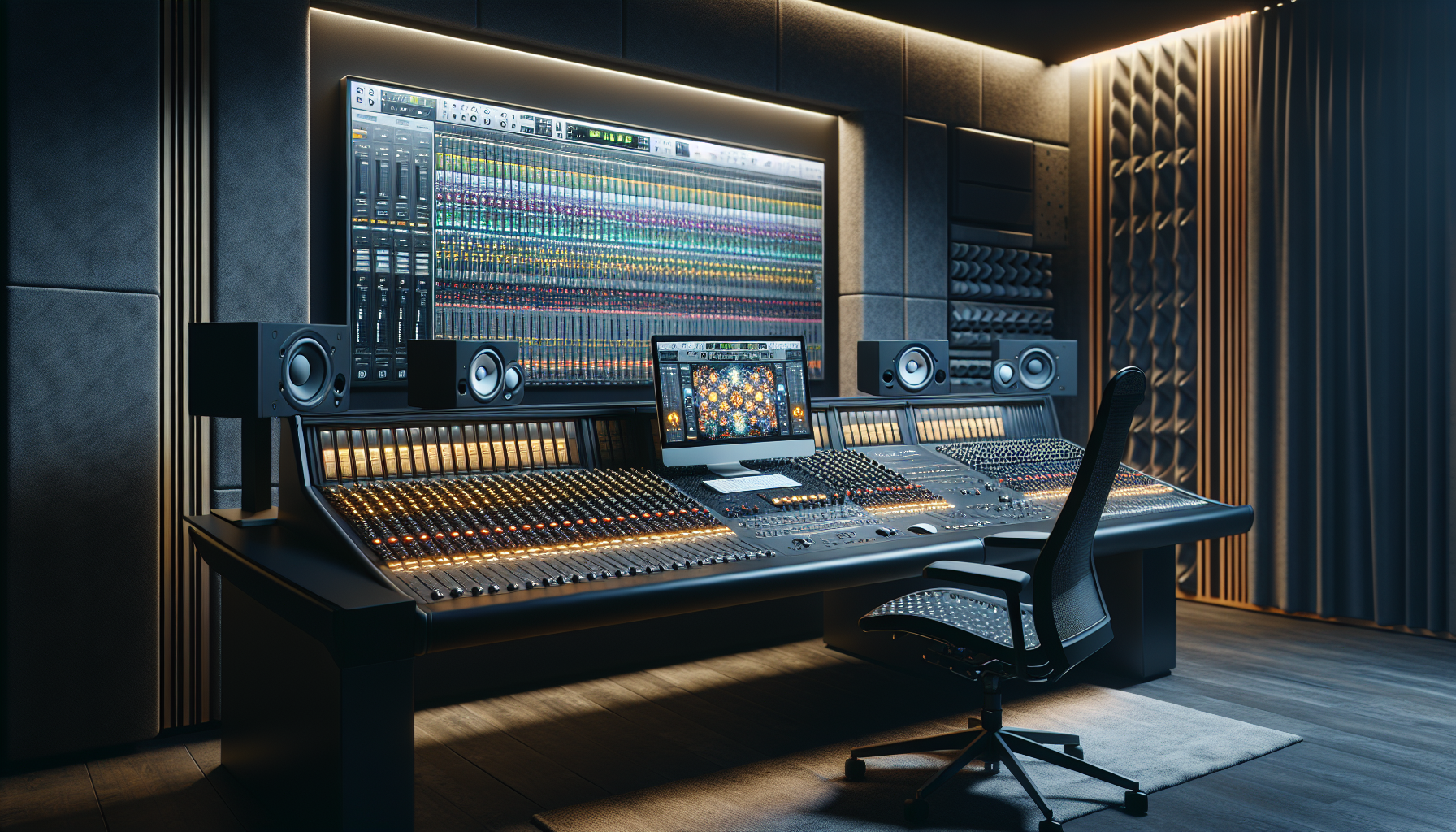Unlocking Advanced Techniques in Music Mixing
For passionate music producers, the mastery of advanced mixing techniques is crucial. Basic mixing skills such as leveling, panning, and EQ adjustments lay the foundation, but diving deeper can truly transform the sound quality of your tracks. This guide will arm intermediate producers with the skills needed to enhance the clarity, dynamics, and spatial depth of their productions.
Advanced EQ Techniques for Clearer Sound
Maximizing clarity in your mix begins with a profound understanding of the frequency spectrum. Advanced EQ techniques focus substantially on cutting unnecessary frequencies that cloud your sound, alongside careful boosts. For instance, a mild boost around 2kHz can bring out vocal presence, whereas reducing frequencies around 300Hz can decrease muddiness in guitars.
Pro Tip: Utilize a high-pass filter on non-bass instruments to tidy up the low end, allowing bass elements to shine.
Optimizing Dynamics with Compression
Dynamic compression is vital for controlling your track’s range and adding vibrancy. Tailor compression settings for each element to prevent an overly compressed, flat sound. A 3:1 ratio suits vocals well, whereas drums might require more aggressive settings. Experiment with side-chain compression and parallel compression to achieve dynamic balance and depth.
Pro Tip: When compressing vocals, adjust the attack time to let initial vocal nuances shine through before compression takes effect.
Creating Stereo Width and Spatial Depth
A precise stereo image not only broadens your mix but also enhances its spatial depth, making it more engaging. Effective techniques include careful panning and stereo wideners. Balance is key—use mid-side processing to boost the side signals without overwhelming central elements like vocals and bass.
Pro Tip: Ensure mono compatibility to keep your mix impactful on any playback system.
Incorporating Creative Effects for Texture
Reverb, delay, and distortion are powerful tools for adding texture and depth. A controlled use of effects ensures your mix remains vibrant and balanced. For example, a slapback delay can subtly enrich vocals, while a hint of reverb brings snares to life.
Pro Tip: Send similar instruments to a shared effects bus with a unified reverb or delay setting to maintain a cohesive sound space.
Streamlining Your Mixing Workflow
Combining various advanced techniques effectively requires a streamlined workflow. Start with templates and presets, then customize extensively. Regularly compare your tracks with professional productions to ensure a competitive edge. Cultivate a habit of experimentation to continually discover unique soundscapes and techniques.
Pro Tip: Establish a reliable recall system in your DAW for efficient A/B testing, helping you understand the impact of different mix settings.
Conclusion: Enhance Your Productions with Advanced Mixing
Adopting advanced mixing techniques not only elevates the professional quality of your productions but also furthers your growth as a music producer. Continuous learning and experimentation are paramount. To delve deeper, consider accessing detailed resources or seeking professional advice. Share your mixing insights and engage with others in music production communities to expand your knowledge and skills.
Interested in a personalized approach to mastering these techniques? Reaching out to professionals and exploring additional training opportunities can bring you closer to your next major breakthrough in music production.

